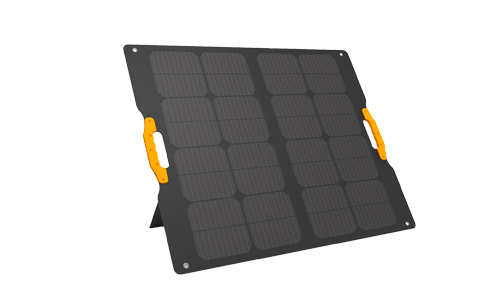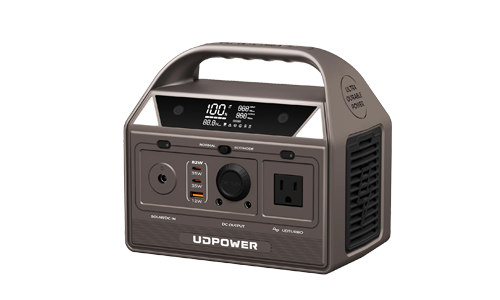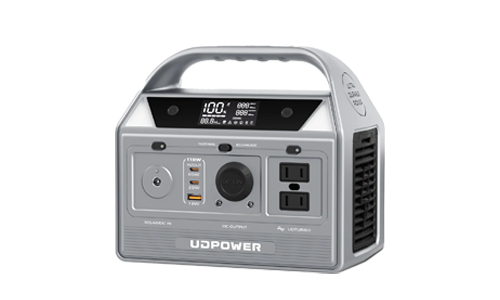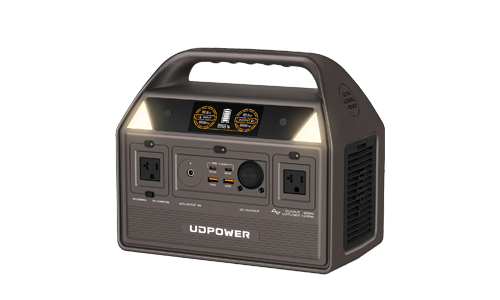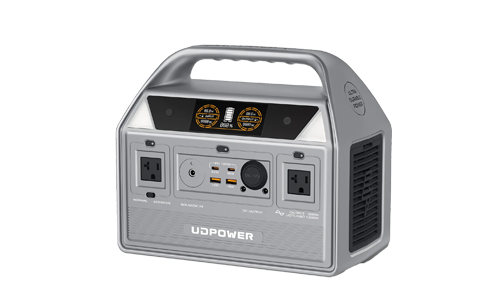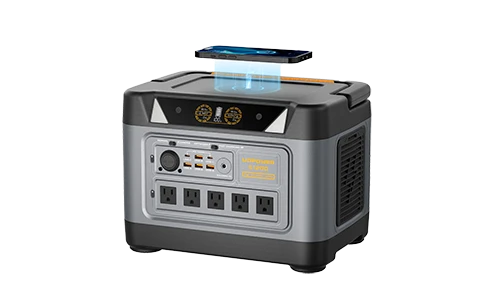What is the 20% Rule for Solar Panels?
ZacharyWilliamTable of Contents
- Introduction
- 1. What is the 20% Rule?
- 2. Why is the 20% Rule Important?
- 3. How Does the 20% Rule Affect Solar Panel System Design?
- 4. Factors That May Affect the 20% Rule
- 5. When to Deviate from the 20% Rule
- 6. How the 20% Rule Relates to Solar Incentives and ROI
- 7. Is the 20% Rule Right for Everyone?
- 8. Conclusion
- FAQs
Introduction
As more homeowners and businesses turn to solar power for its environmental and financial benefits, understanding the ins and outs of solar system design becomes crucial. One important guideline that plays a significant role in system sizing is the 20% Rule for solar panels. This rule helps users design systems that balance energy needs with practical limitations. But what exactly is the 20% Rule, and why is it important? In this blog post, we’ll explore the concept in detail and discuss its implications for your solar power setup.
1. What is the 20% Rule?
The 20% Rule is a commonly used guideline in the solar industry that suggests sizing your solar system to meet approximately 80% of your total energy consumption, leaving the remaining 20% to account for inevitable energy losses, inefficiencies, or unforeseen energy needs.
In simpler terms, when designing a solar panel system, the goal is not to perfectly match your energy consumption but to ensure that your system covers most of your usage while considering the limitations and inefficiencies inherent in solar power systems.
This rule primarily addresses common energy losses in solar systems, such as inefficiencies in wiring, energy conversion through inverters, shading on panels, and even dirt buildup on solar modules. By sizing a system to meet 80% of energy needs, the 20% buffer accounts for these losses.

2. Why is the 20% Rule Important?
Understanding the 20% Rule is essential because it helps optimize the solar power system’s design for efficiency and cost-effectiveness. Here’s why it matters:
- Energy Losses and Inefficiencies: Solar systems aren’t perfect. Energy is inevitably lost during transmission from the solar panels to your home, especially through inverters, which convert the DC electricity from the panels to AC electricity. Additionally, dirt on panels, shading, and suboptimal panel orientation can decrease performance. The 20% Rule compensates for these losses, ensuring your system performs as expected.
- Optimizing System Sizing: Solar panels are not cheap, and a well-sized system ensures you don’t over-invest in equipment that you don’t need. The 20% Rule helps you design a system that meets most of your energy needs without overspending on panels, inverters, and installation.
- Practical System Design: This guideline allows solar installers to better assess how much energy your home or business consumes and what percentage of that can be realistically met by solar panels, given current technology.
3. How Does the 20% Rule Affect Solar Panel System Design?
When designing a solar system, the 20% Rule directly influences how much energy your panels need to produce. Here’s how:
- Sizing Your Solar Panel System: The most straightforward application of the 20% Rule is in determining the number of panels you need. If your home’s energy consumption is 6,000 kWh per year, following the 20% Rule means you would need a solar system that produces approximately 4,800 kWh per year. This leaves a 20% buffer for potential inefficiencies and unforeseen energy needs.
- Panel Selection and Configuration: Different solar panels have different efficiencies, usually based on the type of material and technology used. For example, monocrystalline panels tend to be more efficient than polycrystalline panels. The 20% Rule helps installers consider panel efficiency when determining how many panels are needed for your energy goals.
- Energy Consumption Considerations: When applying the 20% Rule, you must take into account your household or business energy consumption habits. Homes with electric heating or air conditioning, or those with high electricity demands, may need a system that provides more than the 80% threshold of their needs.
4. Factors That May Affect the 20% Rule
While the 20% Rule is a helpful guideline, several factors may influence its application:
- Geographical Location: The amount of sunlight your location receives is a significant factor. Areas with more sunshine (such as the southwestern United States) can generate more energy with fewer panels, while locations with frequent cloud cover may require more panels to achieve the same energy output.
- Roof Space and Orientation: The available space on your roof for solar panels, as well as its angle and orientation, can significantly impact the system’s efficiency. Shaded areas or suboptimal angles may necessitate additional panels to meet the same energy goals, even with the 20% buffer in mind.
- Energy Storage: Incorporating solar battery storage into your system might affect how strictly the 20% Rule applies. Batteries allow excess energy to be stored for use later, especially during periods of low sunlight. Depending on the capacity of your battery storage, you may be able to shift the balance from 80% coverage to 100% energy independence.
5. When to Deviate from the 20% Rule
There are certain situations where it might make sense to exceed the 20% buffer and size your system to fully meet your energy needs.
- Exceeding 80% for Maximum Efficiency: Some homeowners or businesses may opt for a system that provides more than 80% of their energy needs. This is particularly relevant if you’re planning to add electric vehicles (EVs) or new appliances that will increase your consumption in the future.
- Backup Power and Energy Independence: Those in regions with frequent power outages or who want complete energy independence may choose to install a larger solar array that meets 100% of their needs. This can be particularly beneficial in off-grid systems or areas where grid reliability is an issue.
- Environmental and Financial Considerations: If your primary goal is to maximize energy savings and reduce your carbon footprint, sizing the system to cover all your energy usage may make more sense, even if it means a higher initial investment.
6. How the 20% Rule Relates to Solar Incentives and ROI
The 20% Rule also plays an important role in understanding the financial implications of your solar system:
- Cost-Effectiveness: By following the 20% Rule, you ensure that you’re not over-sizing your system and spending more than necessary on panels, inverters, and installation. This helps maximize the return on investment (ROI) for your solar system.
- Incentives and Rebates: Many government incentives, such as tax credits and rebates, are calculated based on the size of the solar system. The 20% Rule helps ensure that you don’t exceed the maximum incentive limits while still benefiting from solar energy savings.
- Long-Term Savings: Over time, a properly sized system will save you money on electricity bills, ensuring that the initial investment in solar panels pays off. The 20% Rule helps ensure that your system remains efficient and doesn’t require constant upgrades.
7. Is the 20% Rule Right for Everyone?
The 20% Rule is a useful starting point for most solar system designs, but it’s not a one-size-fits-all solution. Here are some scenarios where deviations may be necessary:
- Customized Solutions: If you have specific needs (e.g., high energy usage, future expansion plans), a more tailored approach may be required. Working with an experienced solar installer who can assess your unique energy needs is key to determining the optimal system size.
- Energy Audits: A professional energy audit will provide a detailed analysis of your energy consumption patterns, helping to fine-tune your system design beyond the 20% Rule.
8. Conclusion
The 20% Rule for solar panels is a valuable guideline for ensuring that your solar power system is efficient, cost-effective, and meets most of your energy needs. By accounting for energy losses and inefficiencies, this rule helps homeowners and businesses size their systems appropriately. However, it’s important to remember that every system is unique, and working with a professional solar installer to customize your system design can help you achieve optimal energy savings. Whether you’re aiming for partial energy independence or complete energy freedom, the 20% Rule is an excellent starting point for designing a sustainable, efficient solar power system.
FAQs
What is the 20% Rule for solar panels?
The 20% Rule suggests that when designing a solar system, you should aim to meet 80% of your total energy consumption needs with solar power, leaving a 20% buffer for energy losses, inefficiencies, and unforeseen energy requirements. This helps ensure your system performs as expected despite variable factors like weather or panel efficiency.
How does the 20% Rule affect my solar system size?
The 20% Rule affects your system’s design by recommending you size it to meet 80% of your energy needs. For example, if your home uses 6,000 kWh annually, the system should be designed to produce 4,800 kWh, with the remaining 20% allowing for system inefficiencies, like inverter losses or shading.
Should I aim to meet 100% of my energy needs with solar panels?
It’s not necessary for everyone to meet 100% of their energy needs with solar panels. The 20% Rule provides a practical way to ensure your system is efficient and cost-effective while still leaving room for minor inefficiencies. However, if you live in an area prone to power outages or want full energy independence, you may choose to size your system for 100% coverage.
How can I determine the right size for my solar system?
To determine the right size for your solar system, assess your household or business's energy consumption (usually in kWh), available roof space, and your location’s solar irradiance. A professional energy audit or consultation with a solar installer will help you calculate the optimal number of panels required based on your energy needs, ensuring that you don’t oversize or undersize the system.
Can the 20% Rule help me save money on my solar installation?
Yes, by following the 20% Rule, you avoid oversizing your system and spending unnecessarily on panels, inverters, and installation costs. This allows you to design a system that meets most of your energy needs while keeping costs in check, maximizing the return on your investment.
Are there any downsides to following the 20% Rule?
The main downside of the 20% Rule is that it may not provide full energy independence. If you live in an area with frequent power outages or want to minimize your dependence on the grid, you may prefer to exceed the 80% guideline and aim for a system that covers all your energy needs. In such cases, the extra cost may be justified.
How does the 20% Rule impact solar battery storage?
If you're incorporating battery storage into your solar system, the 20% Rule can help determine the optimal battery size. The rule ensures you have enough storage capacity for your solar energy needs while accounting for the inefficiencies in the system. For example, you may need a battery that stores 20% more energy than your immediate daily consumption to handle cloudy days or higher-than-expected usage.
Can the 20% Rule help with energy savings in the long term?
Yes, by appropriately sizing your solar system to meet most of your energy needs while leaving room for inefficiencies, the 20% Rule helps prevent overinvestment. Over time, this results in lower electricity bills and ensures that you’re not paying for more solar capacity than needed, which helps achieve faster payback periods for your investment.
How does geographical location affect the 20% Rule?
Your location plays a key role in how effective the 20% Rule will be. In areas with high solar irradiance (e.g., the southwestern U.S.), the 20% Rule may allow you to use fewer panels, whereas in cloudier or less sunny regions, you may need to size your system slightly larger to account for fewer hours of sunlight. Always consider local weather and climate when designing your solar system.
Should I follow the 20% Rule if I want to sell my home?
If you plan to sell your home in the near future, the 20% Rule can help you design a system that is efficient and cost-effective for the buyer. Oversizing your system may not be necessary and could be seen as a costly overinvestment. On the other hand, a properly sized system could add value to your home and increase its appeal to potential buyers.
